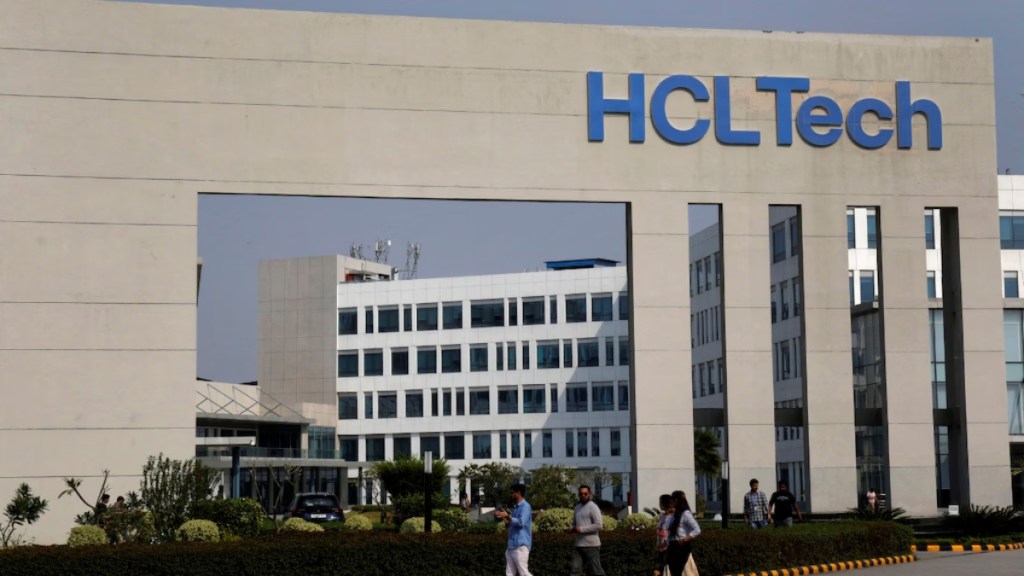HCL Technologies saw ‘strong new bookings of $3 billion’ during the final quarter of FY25 as it reported an 8.05% YoY rise in profit to Rs 4,307 crore. The IT giant concluded the January-March period with its total contract value for new deal wins at $9,268 million.
“HCL Tech grew the fastest among our peers for the second year in a row as we witnessed yet another year of disciplined execution…We saw very strong new bookings of $3 billion this quarter catalyzed by our AI propositions and integrated GTM organization that was set up at the start of the fiscal year. The strength of our execution should present us good medium-term opportunities emerging out of global uncertainties while we navigate the short-term cautiously,” said CEO and MD C Vijayakumar.
The company reported slightly lower-than-expected revenue on Tuesday as global macroeconomic uncertainties hit demand. The revenue from operations stood at Rs 30,246 crore — up 6.13% from the Rs 28,499 crore reported during the fourth quarter of FY24. The board also declared an interim dividend of Rs 18 per share — bringing the total to Rs 60 per share for FY25. HCL Technologies expects its revenue growth in the financial year 2026 to range between 2% and 5%.
Vijayakumar said that the company had reported its ‘second highest’ quarter since September 2023, which had been on the back of a mega deal. The total new bookings stood at $9.4 billion at the fiscal year level — well-balanced across service lines, geographies, and verticals.
“Our ER&D vertical led the quarter….there was a record high of 75% growth in bookings in FY25 from ER&D. AI, Gen AI are now an integral components in almost every deal. Several instances where we won higher wallet share with existing customers as we bake in Gen AI-induced gain in our bids,” he added.
While HCL Tech has so far remained unaffected by the recent US tariffs, Vijayakumar also struck a cautionary note during a presser following the results. The CEO and MD opined that tariff impacts were likely to play out “much faster in consumer and manufacturing segments”.
